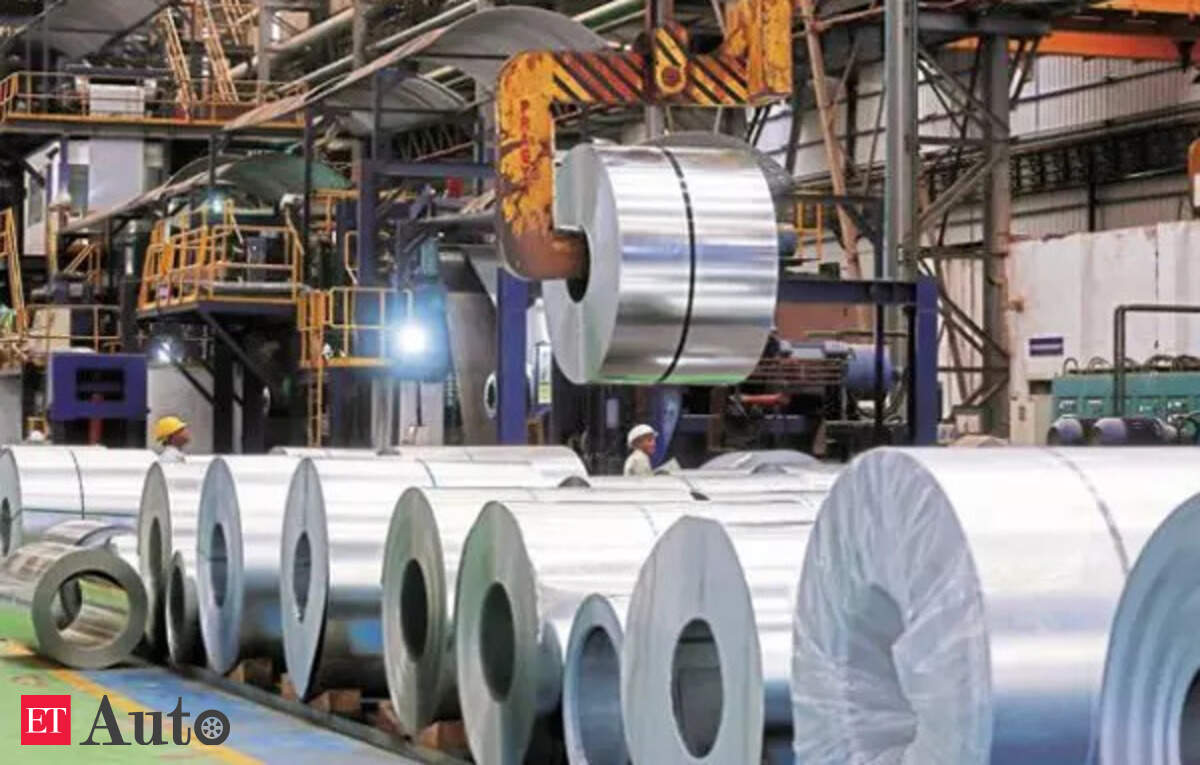OPEC+ Announces July Oil Production Increase

The Organization of the Petroleum Exporting Countries and its partners, including Saudi Arabia and Russia (collectively known as OPEC+), announced on a recent Saturday a significant increase in crude oil production scheduled for July. The group plans to boost output by an additional 411,000 barrels per day (bpd), mirroring the increased production levels already implemented for May and June. This decision marks a continued ramp-up in supply from the oil consortium.
This move represents a notable shift from the group's earlier strategy. In 2022, OPEC+ had initiated substantial production cuts—totaling approximately 2 million bpd in collective cuts, supplemented by an additional 1.65 million bpd in voluntary cuts by some member countries—with the aim of propping up global oil prices. These cuts were originally intended to remain in place until late 2026. Key players within the 22-nation OPEC+ alliance, particularly a group of eight leading members referred to as the "Voluntary Eight" or "V8" (which includes Saudi Arabia and Russia), have been central to these policy decisions.
However, in early 2025, these V8 members opted for a gradual increase in oil output, a pace that was subsequently accelerated. The decision to raise production by 411,000 bpd for May, and then again for June, was substantially higher—more than three times greater—than an initial, more modest plan to increase output by 137,000 bpd for those months. The July extension of this 411,000 bpd increase continues this assertive production stance.
OPEC+ officially justifies these production hikes by citing "healthy market fundamentals," including stable oil reserves and anticipated structural growth in demand in the coming months. This rationale was reportedly reaffirmed at a meeting of all OPEC ministers on the Wednesday preceding the Saturday announcement. Despite this official stance, markets have reacted with skepticism, primarily due to concerns about global oil demand being potentially dampened by an ongoing trade war initiated by the United States. Indeed, crude oil prices had experienced a drop in the week leading up to the announcement, partly due to fears that U.S. President Donald Trump’s tariff measures could trigger an economic slump and reduce demand.
One significant factor perceived to be influencing OPEC+'s decisions is pressure from the United States. Shortly after taking office, President Trump had called on Saudi Arabia to increase production to lower oil prices, thereby reducing costs at the pump for American consumers. Rystad Energy analyst Jorge Leon suggested that the scale of the recent production increases transcends mere internal supply dynamics, viewing it as a "strategic adjustment with geopolitical aims." Leon characterized the May increase as a "warning," the June increase as a "confirmation," and the latest July hike as a "warning shot," implying that Saudi Arabia might be accommodating President Trump's requests.
Internal dynamics within OPEC+ are also believed to be a contributing factor. Analysts suggest that Saudi Arabia and other compliant members might be using the increased output to penalize those nations within the alliance that have not adhered to their agreed-upon production quotas under the cuts first established in 2022. Kazakhstan has been specifically highlighted in this context. According to Commerzbank analyst Thu Lan Nguyen, Kazakh Energy Minister Yerlan Akkenzhenov reportedly informed OPEC that his country would not reduce its production. Furthermore, SEB analyst Bjarne Schieldrop noted that Saudi Arabia is reportedly "angry with Kazakhstan," which is accused of producing 300,000 barrels per day more than its allocated quota.
The series of production increases from OPEC+ members has already had a tangible impact on the market, with oil prices reportedly plummeting to around $60 per barrel, their lowest level in four years, as a result of the V8's earlier moves to raise output. However, analysts do not anticipate a further sharp plunge in oil prices when markets react to the July announcement, as the decision was largely anticipated. A "moderate" market reaction is expected. On the Friday prior to the announcement, the benchmark Brent crude futures price had settled at $62.61 per barrel, while West Texas Intermediate (WTI) was at $60.79 per barrel.










